
Speedwell (Veronica) Plant Care and Growing Tips
Speedwell, also known as Veronica, is a long blooming, pollinator-friendly perennial that brings flower power to the summer garden.
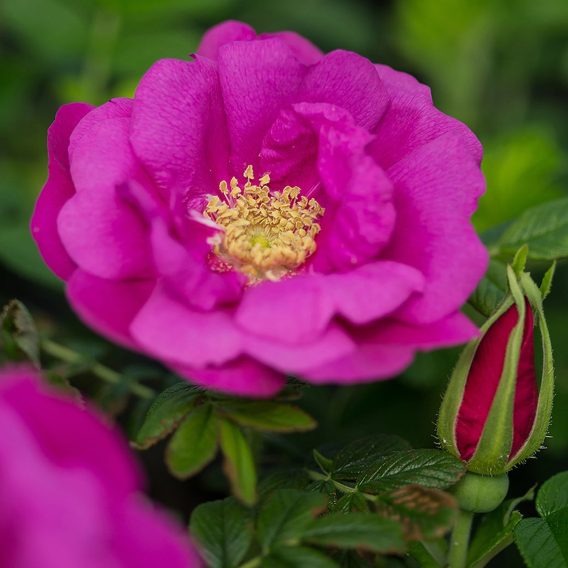
Grow an Easy-Care Rugosa Rose for Rugged Beauty
Forget what you know about roses and discover why long-lasting, fragrant rugosa roses are sure to be a gorgeous garden...
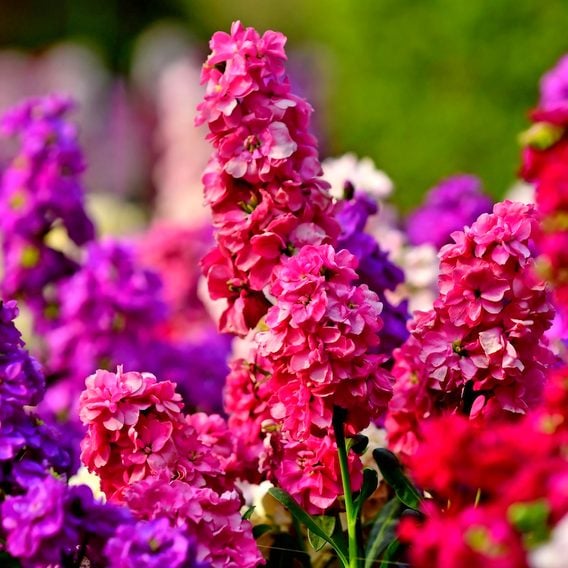
Stock Flower Care and Growing Tips
Welcome the scent of spicy stock flower to your cool season garden. These blooms are fragrant, vibrant and great for...
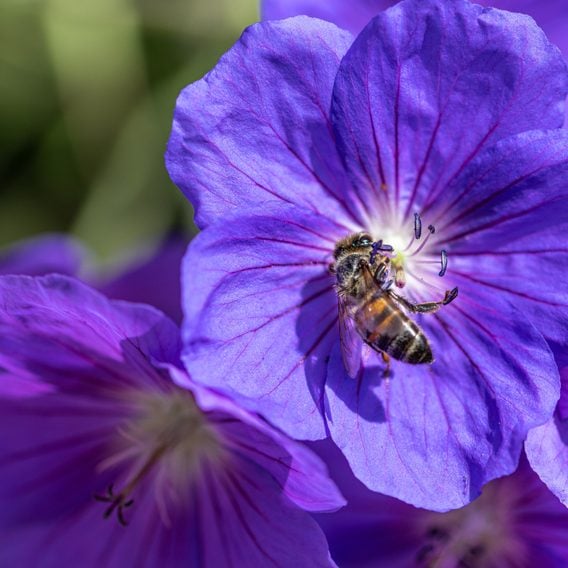
Hardy Cranesbill Geranium Care and Growing Tips
Perennial cranesbill geranium plants are easy to grow and highly adaptable. Enjoy the long-blooming flowers in many garden conditions.
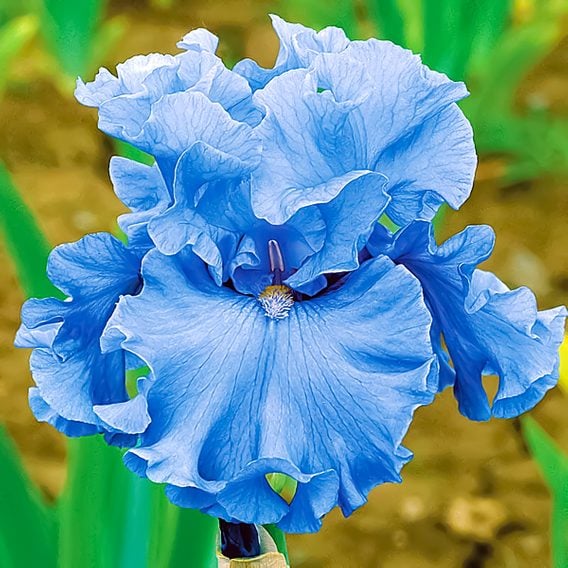
Top 10 Bearded Iris Flowers for Your Garden
From bright blue to cheery yellow and even multicolored blooms, brighten up your garden with the beauty of bearded iris...
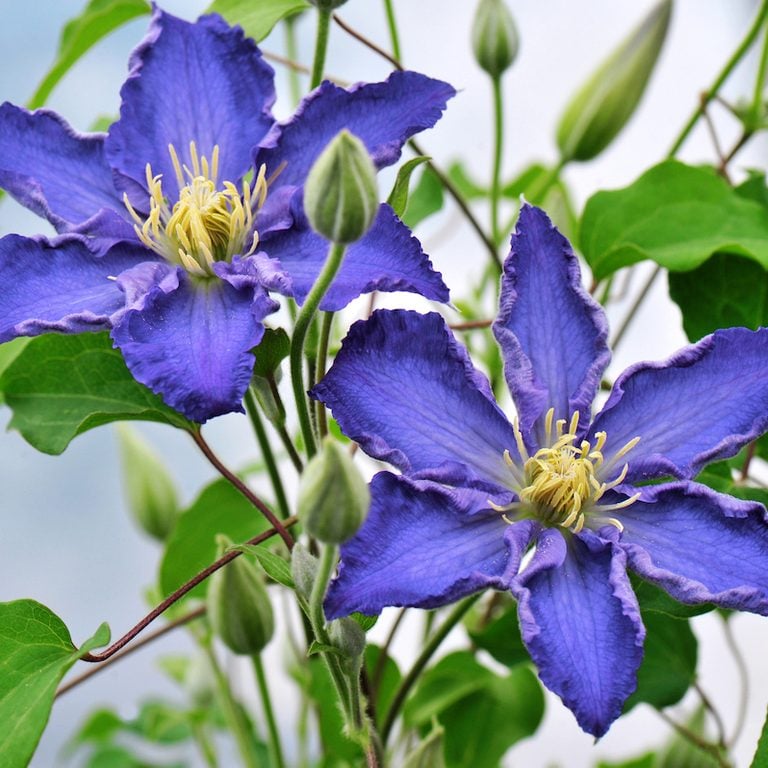
Top 10 Fast Growing Vines and Climbing Flowers
Color your garden with flowering vines. Add beauty and height with our recommendations for fast growing vines and climbing flowers.
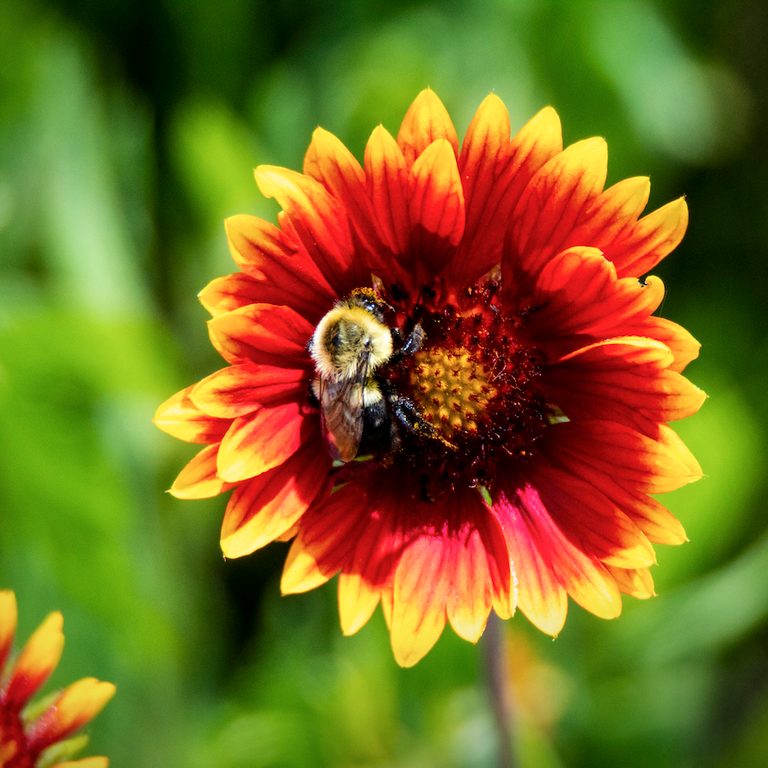
Native Blanket Flower Blankets Gardens in Bold Color
Blanket flower is a native wildflower that is easy to grow from seed. It is reliable and adaptable, and will...
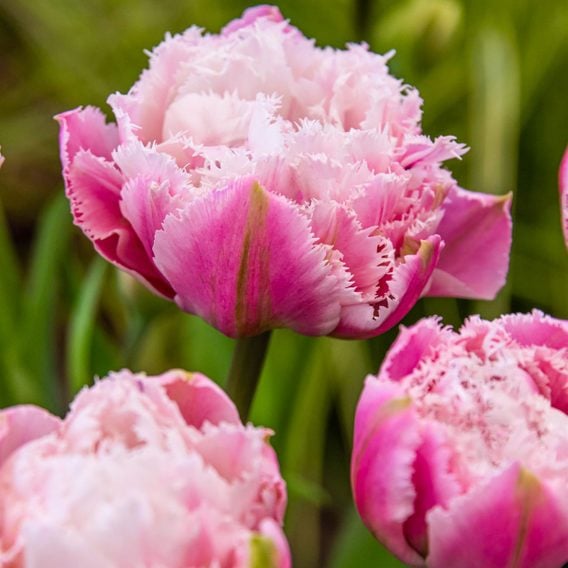
Grow Sugar Crystal Double Tulips for Fringed Flowers
These fringed, double tulips bring on the frills and ruffles with pink flowers that bloom in late spring. They're ideal...
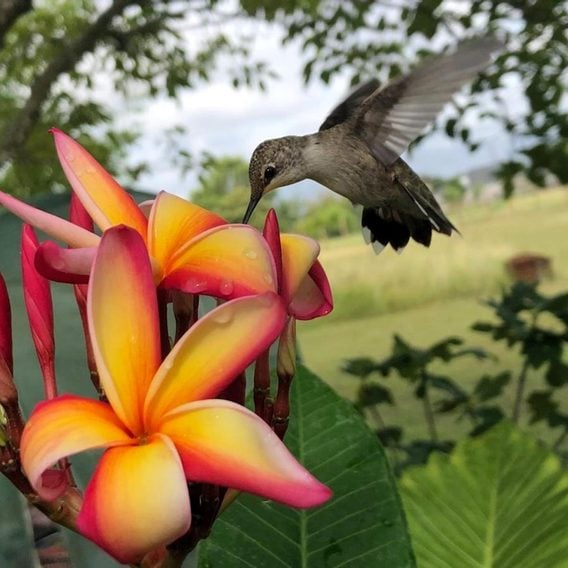
How to Grow Tropical Plumeria Flowers (Frangipani)
Get plumeria care and growing tips, including watering and overwintering. This tropical plant is fragrant and a good choice for...
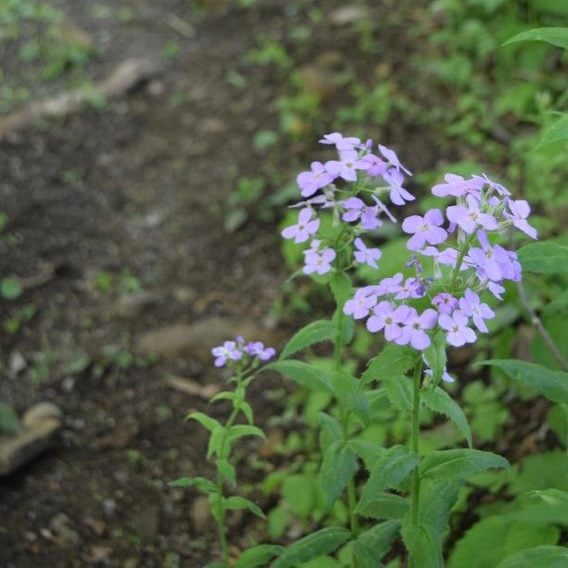
Dame’s Rocket Vs. Phlox: What’s the Difference?
Despite showy similarities, one of these plants is invasive. Learn how to tell the differences between dame's rocket vs phlox.
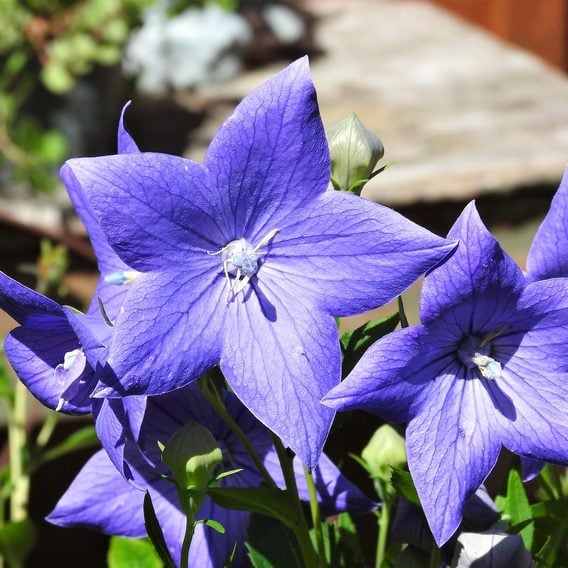
Balloon Flower Care and Growing Tips
Blueish-purple balloon flower is well suited for growing in almost any garden. This pretty perennial needs little care to thrive.
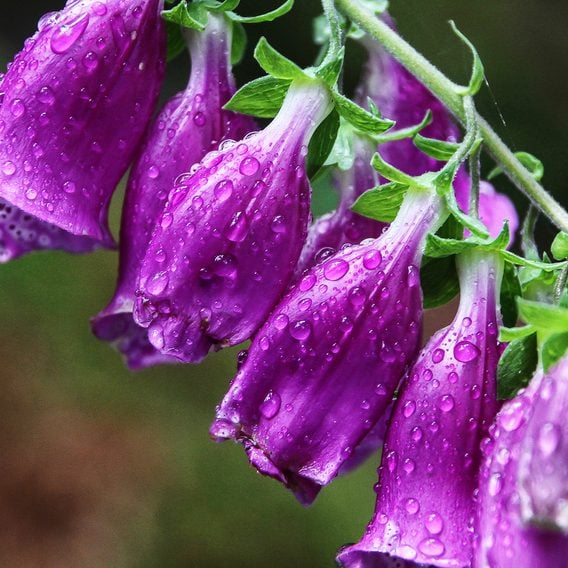
How to Grow Common Foxglove (Digitalis) Plants
If you decide to bring common foxglove into your backyard garden, there are a few things to keep in mind.
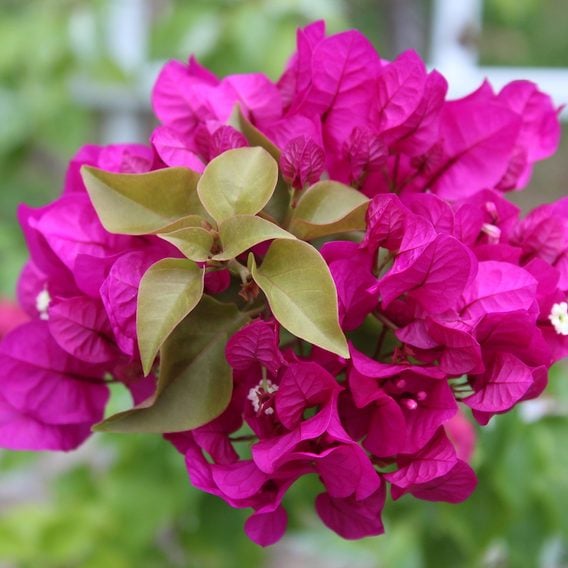
Grow Bougainvillea for Tropical Color in Any Garden
Though it's a tropical plant, grow bougainvillea in areas where it is not hardy as an annual or in containers,...
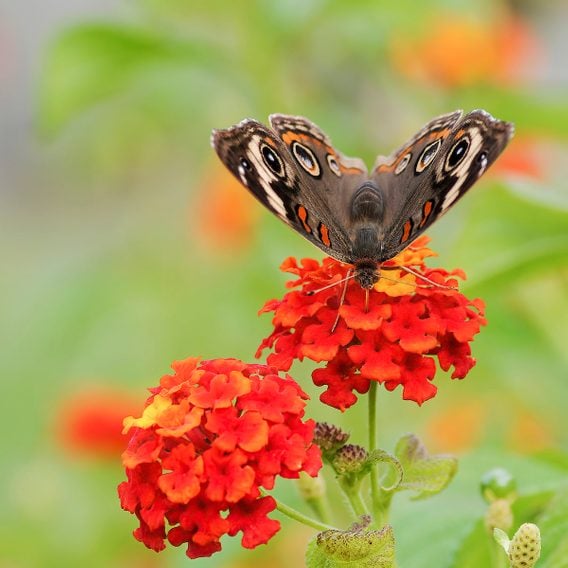
Lantana Flower Brings Easy Color to Beds and Containers
Discover how to grow vibrant lantana flower for long-lasting color that draws hummingbirds and butterflies like a magnet.
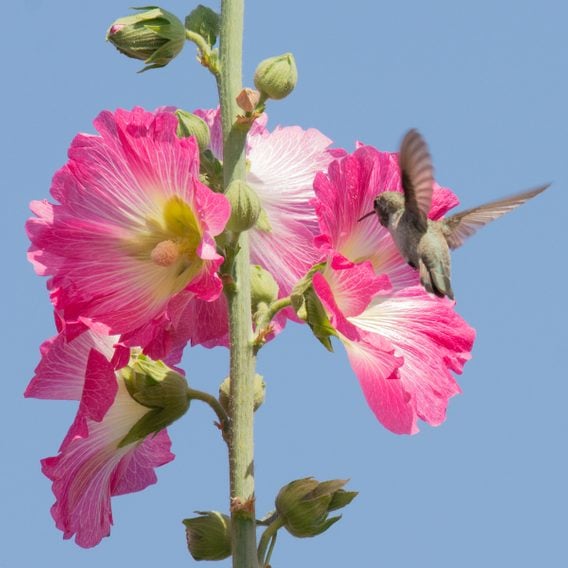
How to Grow Hollyhocks (Alcea) in Your Flower Garden
Hollyhocks are old-fashioned flowers, typical of the "cottage garden" style. Known for their height, hollyhocks create walls of color.
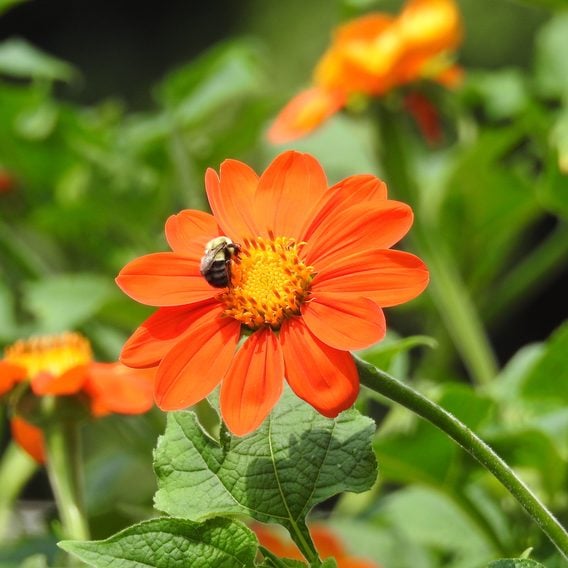
Grow Mexican Sunflower in Pollinator Gardens
Easy-to grow Mexican sunflower is a pollinator champion. Boost your mood and support bees, butterflies and hummingbirds with colorful blooms.
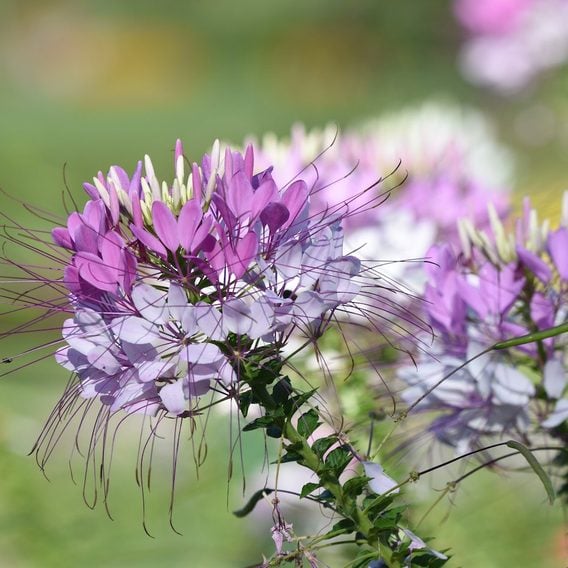
Cleome (Spider Flower) Care and Growing Tips
Invite hummingbirds, bees, and butterflies to your flower garden by growing cleome: a unique, drought-tolerant annual plant.
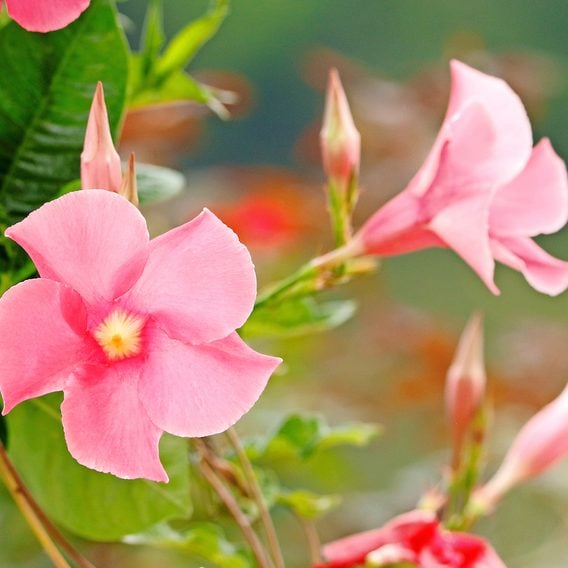
Grow Mandevilla (Rocktrumpet) for Easy Summer Color
Big, beautiful mandevilla blooms open their trumpets to hummingbirds and other pollinators, making this flowering vine a summertime favorite.
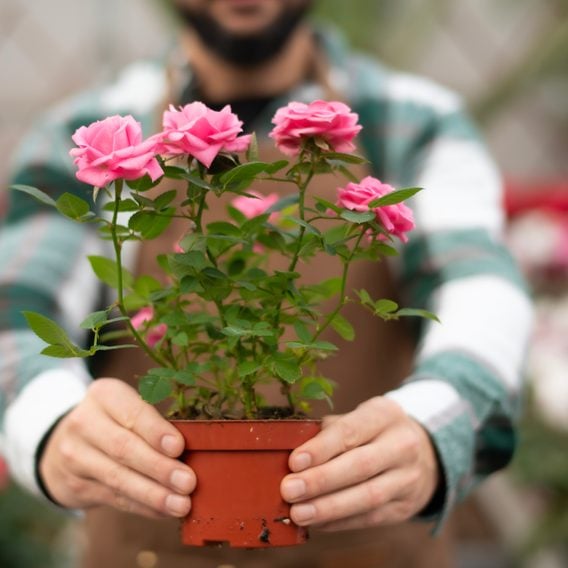
Potted Roses Made Easy: Best Tips and Varieties
Potted roses are an excellent option for small spaces. Follow these steps to success when planting this classic flower in...
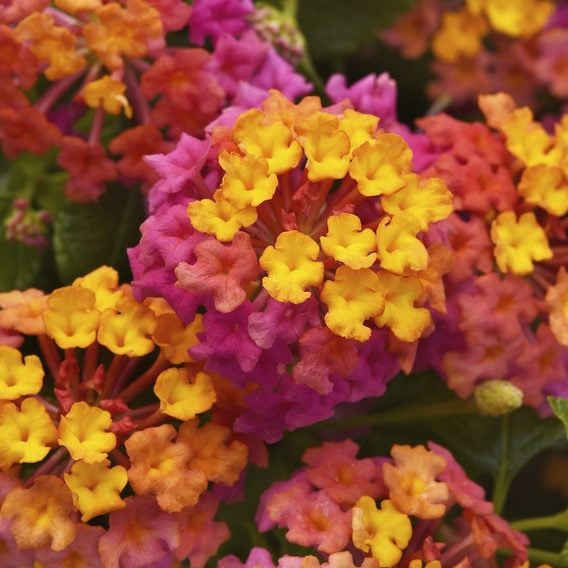
Top 10 New Garden Plants You Should Grow in 2024
Bright and bold colors, bigger blooms, pollinator appeal. Check out some of the best new garden plants to look for...
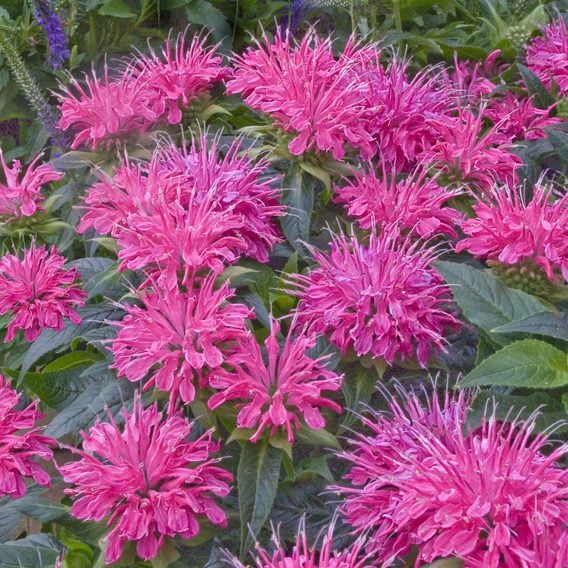
Grow Disease-Resistant Plants for a Fuss-Free Garden
Stack the odds in your favor by planning ahead and choosing disease-resistant plants. They're as breathtaking as they are tough!
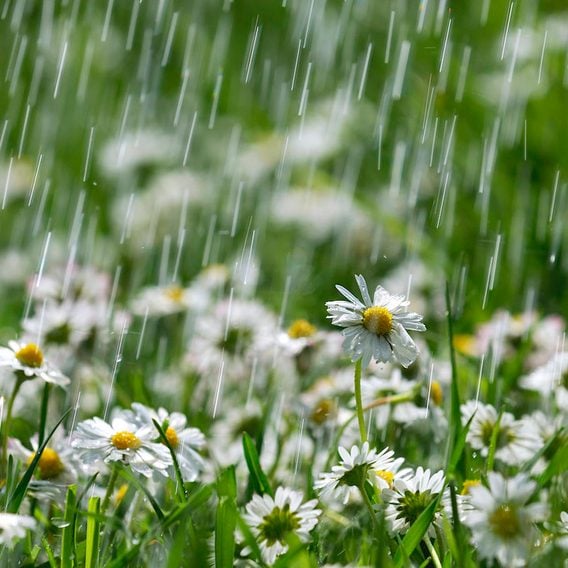
Plant a Rain Garden in Your Yard
Choose a soggy spot in the yard and plant a rain garden. With a little planning, you can make better...
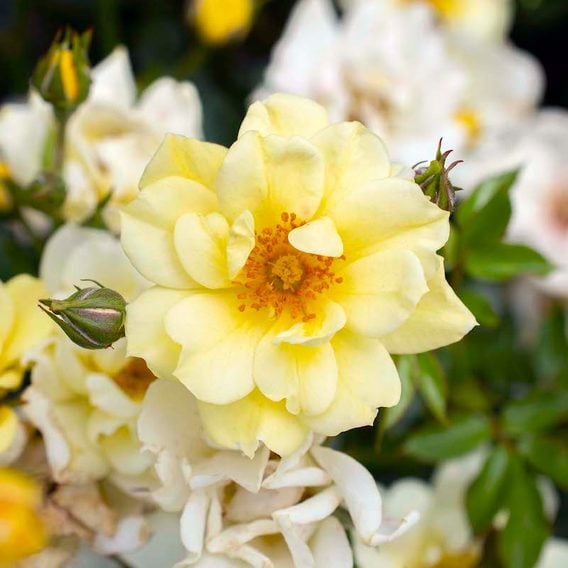
Grow a Drift Rose for Low Upkeep and Big Beauty
Roses used to be known as finicky divas, but a Drift Rose is easy-care, compact, and free-blooming, making it a...
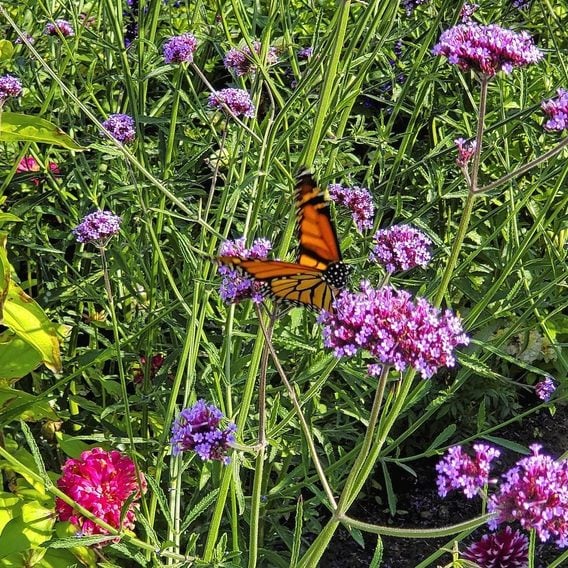
Grow Verbena Bonariensis for Butterflies and Hummingbirds
Get tips for growing pollinator-friendly verbena bonariensis, known as tall verbena. Plus, learn where you shouldn't plant this perennial.
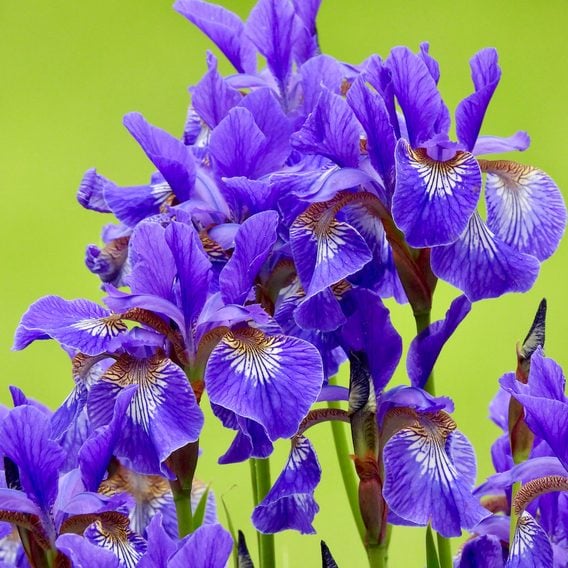
Iris Not Blooming? Here’s What to Do
Irises are lovely when they are in flower, but it is frustrating when your iris is not blooming. Find out...

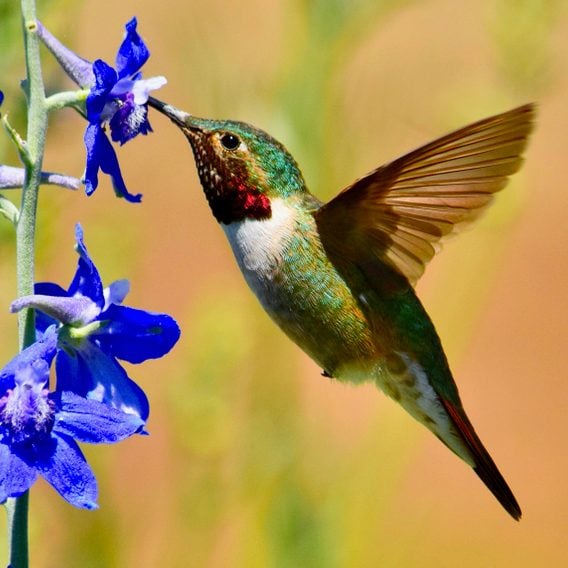
Blue Beauty: Grow Delphinium in Your Flower Garden
If you're a fan of blue flowers in the garden, you're going to want to start growing delphinium, also known...
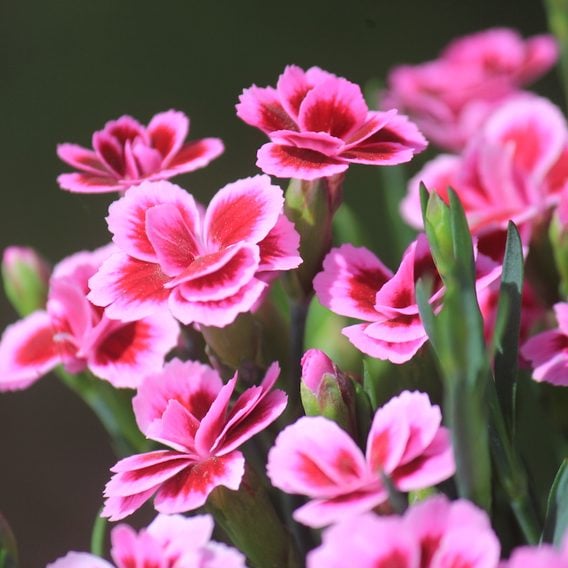
Grow Dianthus for Fragrant Flowers and Fancy Foliage
Dianthus has beautiful silvery green foliage topped with delicate fragrant flowers in the spring. Add one or more to your...
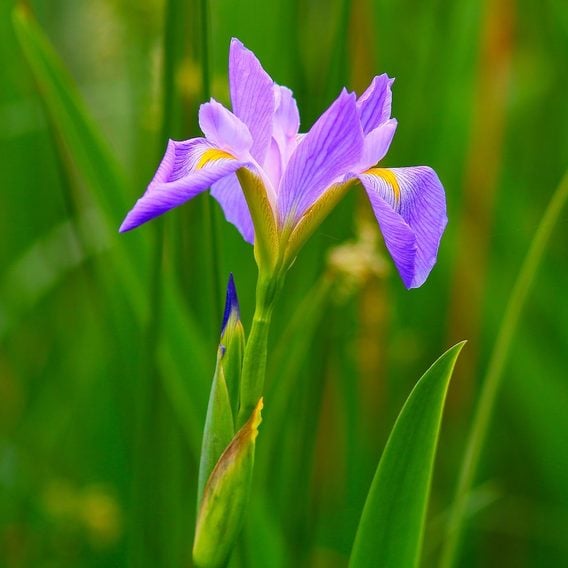
Blue Flag Iris Care and Growing Tips
Gardens with wet soil are perfect for blue flag iris. These flowers bloom in the spring and provide thick green...
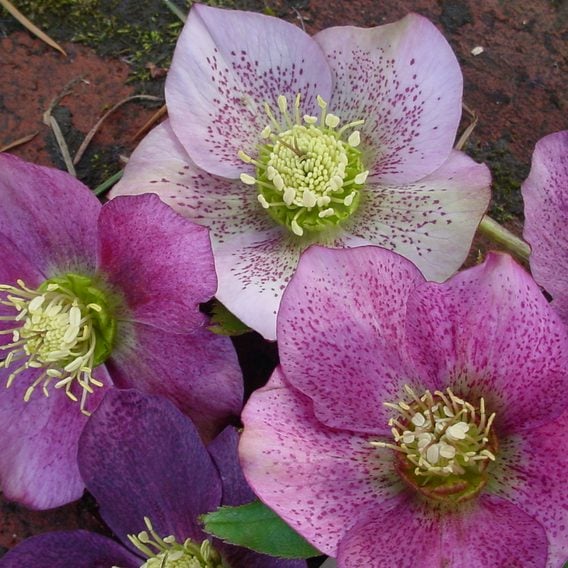
Plant Hellebore (Lenten Rose) for Early Spring Blooms
Learn to care for Lenten rose, also known as hellebore. These early blooming flowers add beauty to your garden even...
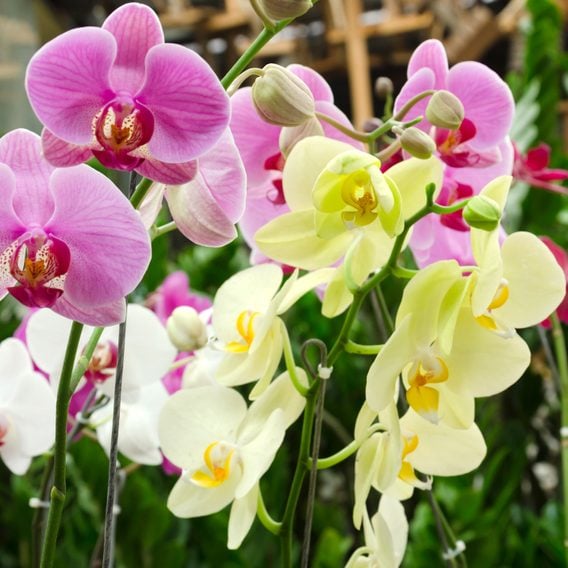
How to Grow and Care for Phalaenopsis Orchids
Ready to give growing orchids a try? Phalaenopsis, also known as moth orchids, are a great place to start for...
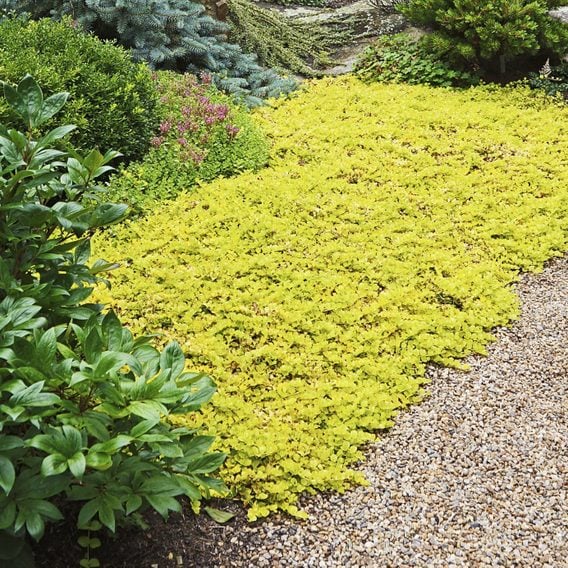
Top 10 Colorful Ground Cover Plants for Your Garden
Flowering ground covers can fill large areas with low-maintenance, high impact blooms. Colorful ground cover flowers brighten your garden.